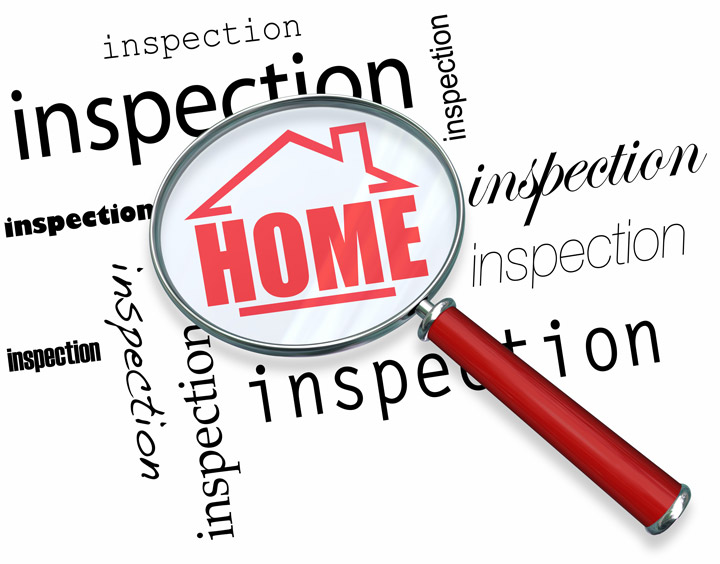
A Description of the Appraisal ProcessPurchasing a house is the most significant transaction most of us might ever encounter. It doesn't matter if where you raise your family, an additional vacation property or one of many rentals, the purchase of real property is a complex transaction that requires multiple parties to pull it all off. Most of the participants are very familiar. The most familiar entity in the exchange is the real estate agent. Next, the lender provides the money necessary to fund the exchange. And ensuring all areas of the sale are completed and that the title is clear to pass from the seller to the purchaser is the title company. So, what party is responsible for making sure the value of the real estate is in line with the purchase price? This is where the appraiser comes in. We provide an unbiased estimate of what a buyer might expect to pay — or a seller receive — for a parcel of real estate, where both buyer and seller are informed parties. A licensed, certified, professional appraiser from Trost and Associates will ensure, you as an interested party, are informed. Appraisals start with the inspectionOur first responsibility at Trost and Associates is to inspect the property to ascertain its true status. We must see features first hand, such as the number of bedrooms and bathrooms, the location, and so on, to ensure they really are present and are in the condition a reasonable person would expect them to be. To make sure the stated size of the property has not been misrepresented and illustrate the layout of the property, the inspection often includes creating a sketch of the floorplan. Most importantly, we identify any obvious features - or defects - that would have an impact on the value of the property. Following the inspection, we use two or three approaches to determining the value of the property: a sales comparison, a replacement cost calculation, and an income approach when rental properties are prevalent. 
Replacement CostThis is where we use information on local building costs, labor rates and other elements to ascertain how much it would cost to build a property comparable to the one being appraised. This figure usually sets the maximum on what a property would sell for. The cost approach is also the least used method. 
Paired Sales AnalysisAppraisers become very familiar with the communities in which they appraise. They thoroughly understand the value of certain features to the homeowners of that area. Then, the appraiser looks up recent transactions in the neighborhood and finds properties which are 'comparable' to the subject at hand. Using knowledge of the value of certain items such as square footage, extra bathrooms, hardwood floors, fireplaces or view lots (just to name a few), we add or subtract from each comparable's sales price so that they are more accurately in line with the features of subject.
Once all necessary adjustments have been made, the appraiser reconciles the adjusted sales prices of all the comps and then derives an opinion of what the subject could sell for. At Trost and Associates, we are an authority when it comes to knowing the value of particular items in Fate and Rockwall County neighborhoods. The sales comparison approach to value is commonly given the most importance when an appraisal is for a real estate exchange. Valuation Using the Income ApproachIn the case of income producing properties - rental houses for example - the appraiser may use a third approach to value. In this case, the amount of revenue the property yields is taken into consideration along with other rents in the area for comparable properties to derive the current value. Putting It All TogetherExamining the data from all approaches, the appraiser is then ready to document an estimated market value for the property in question. The estimate of value at the bottom of the appraisal report is not always what's being paid for the property even though it is likely the best indication of what a property is worth. Depending on the individual circumstances of the buyer or seller, their level of urgency or a buyer's desire for that exact property, the closing price of a home can always be driven up or down.Regardless, the appraised value is often employed as a guideline for lenders who don't want to loan a buyer more money than they could get back in the event they had to put the property on the market again. The bottom line is, an appraiser from Trost and Associates will help you attain the most accurate property value, so you can make wise real estate decisions. |